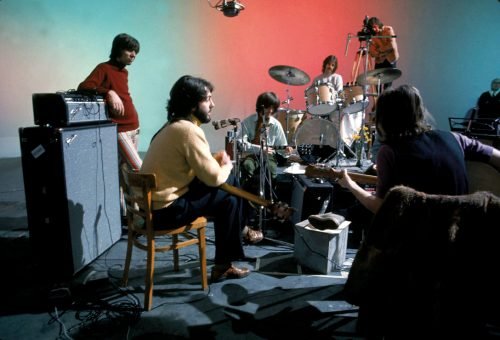In the annals of music history, few bands have left an indelible mark as profound and wide-reaching as The Beatles. Emerging from Liverpool in the early 1960s, John Lennon, Paul McCartney, George Harrison, and Ringo Starr embarked on a journey that would not only redefine the contours of popular music but also leave an enduring impact on the cultural fabric of the 20th century and beyond. The Beatles’ influence transcends their melody, harmony, and rhythm, seeping into the realms of fashion, film, politics, and social movements, thereby cementing their status as icons of change and innovation.
The Beatles’ discography, a vibrant tapestry of sound that spans the raw energy of their early hits through the intricate arrangements and pioneering studio techniques of their later work, offers a fascinating lens through which to explore their evolution. This evolution is not just musical but also cultural, reflecting and sometimes even anticipating the shifts in societal norms and attitudes. To traverse the band’s complete discography, including their studio albums, singles, B-sides, and other projects, is to undertake a journey through an era of unprecedented change, witnessing firsthand the growth of four musicians who, together, would shape the future of music.
Exploring The Beatles’ entire body of work, beyond the well-trodden path of their most celebrated hits, unveils a treasure trove of musical gems that have often been overshadowed by their blockbuster counterparts. B-sides and lesser-known tracks, many of which were pivotal in the band’s creative experiments, offer a deeper understanding of their artistic range and the breadth of their influence. Furthermore, delving into their solo endeavors and collaborations post-breakup reveals the individual talents that contributed to the band’s unique synergy, showcasing their continuing impact on music and culture.
The Albums
Please Please Me (1963)
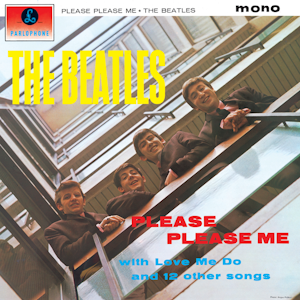
“Please Please Me” marks a thrilling debut, capturing The Beatles’ raw energy and youthful enthusiasm. Recorded in just one marathon session, this album blends original compositions with covers that were staples of their live performances. Hits like “I Saw Her Standing There” and “Love Me Do” not only introduced the world to The Beatles’ signature sound but also set a new standard for what rock and roll could be, making it a groundbreaking start to their recording career.
With The Beatles (1963)
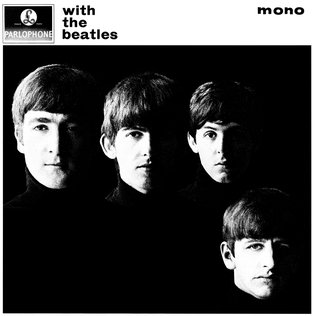
Released the same year as their debut, “With The Beatles” sees the band building on their initial success with a richer musical palette. This second album mixes rock ‘n’ roll, R&B, and the band’s pop sensibilities across both original tracks and covers. Songs like “All My Loving” and their energetic covers of “Please Mister Postman” and “Roll Over Beethoven” showcase their evolving artistry and hint at the songwriting prowess that would define their later works.
A Hard Day’s Night (1964)
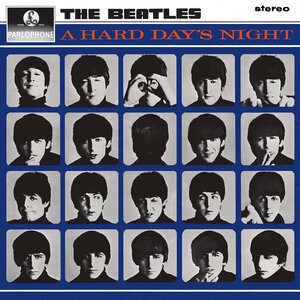
“A Hard Day’s Night” serves as both a soundtrack to their first film and a significant milestone, being the first Beatles album comprised entirely of Lennon-McCartney originals. The title track, along with hits like “Can’t Buy Me Love,” exemplifies their knack for crafting infectious melodies and lyrics that resonated with the spirit of the times. This album not only underscored their talents as songwriters but also solidified their status as cultural icons of the 1960s.
Beatles for Sale (1964)
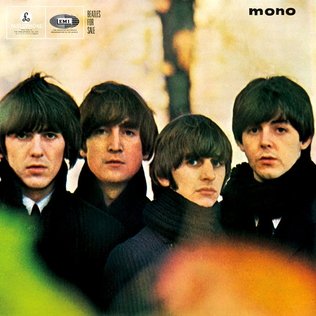
By the time “Beatles for Sale” was released, the strain of Beatlemania was beginning to show, bringing a more introspective quality to their music. This album blends folk influences with the rock and pop of their earlier works, featuring both introspective lyrics in songs like “No Reply” and the joyful exuberance of tracks like “Eight Days a Week.” It reflects a band in transition, exploring new sounds while grappling with the pressures of unprecedented fame.
Help! (1965)
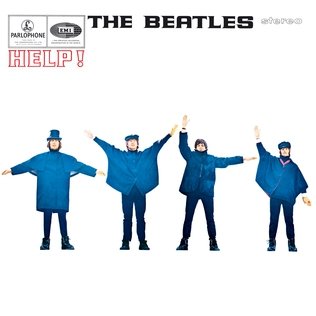
The “Help!” album, another soundtrack to their second film, finds The Beatles further expanding their musical landscape. Featuring classics like the plaintive title track and the jangling cheer of “Ticket to Ride,” this album explores themes of vulnerability and restlessness beneath its polished surface. The experimentation with different instruments and styles hints at the more groundbreaking work to come, showcasing a band that was never content to rest on its laurels.
Rubber Soul (1965)
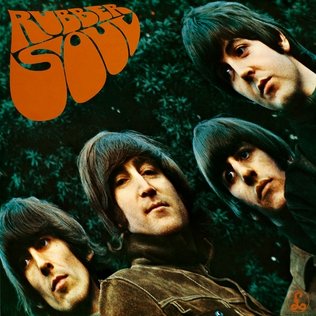
“Rubber Soul” marks a significant turning point in The Beatles’ career, showcasing a profound depth in songwriting and musical sophistication. With tracks like “Norwegian Wood (This Bird Has Flown)” introducing the sitar to Western pop music, and introspective lyrics in songs like “In My Life,” The Beatles began to move away from their pop roots towards more complex and reflective compositions. This album is often seen as the beginning of their most creatively ambitious period, blending different genres and influences into a cohesive and innovative whole.
Revolver (1966)
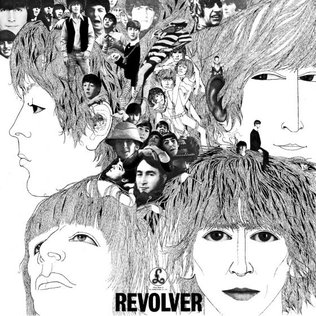
“Revolver” is a masterpiece of musical innovation, marking a leap in The Beatles’ creative expression. With its use of studio technology, including backwards recording and tape loops, the album ventures into psychedelia, world music, and classical influences. Songs like “Eleanor Rigby” and “Tomorrow Never Knows” showcase an unprecedented depth of songwriting and experimentation, reflecting the band’s growing interest in different musical and philosophical realms. This album not only pushed the boundaries of what pop music could be but also influenced the direction of music for decades to come.
Sgt. Pepper’s Lonely Hearts Club Band (1967)
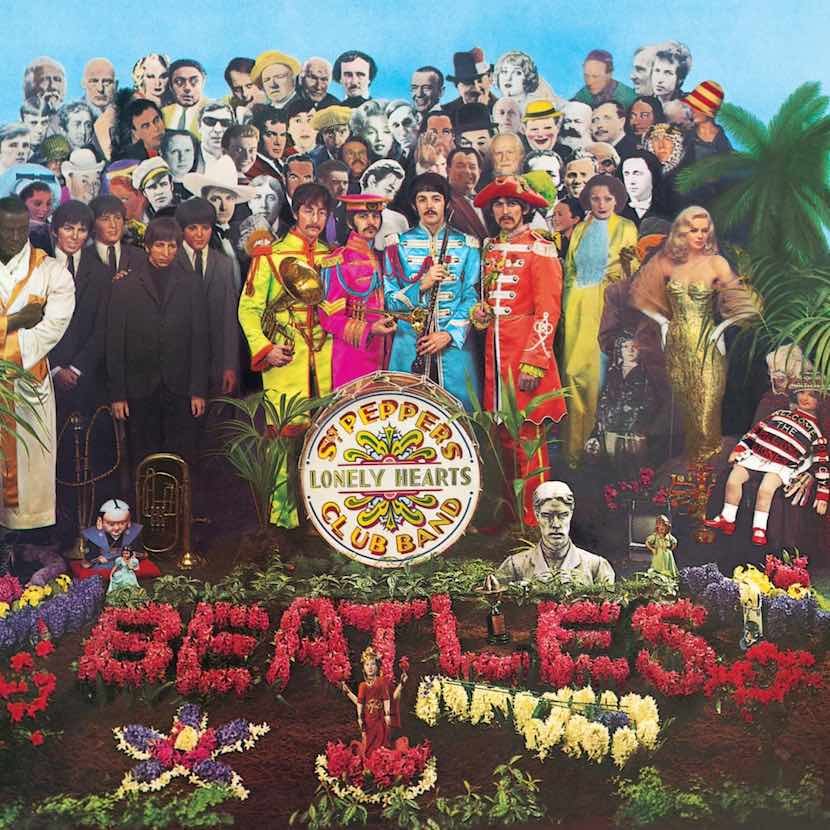
“Sgt. Pepper’s Lonely Hearts Club Band” is often hailed as one of the greatest albums in the history of recorded music, a concept album that blends rock, pop, psychedelia, and classical music elements into a cohesive whole. With its elaborate cover art, innovative production techniques, and an unprecedented level of artistic ambition, “Sgt. Pepper” created a cultural moment that transcended music. Tracks like “Lucy in the Sky with Diamonds” and “A Day in the Life” captured the imagination of an entire generation, making this album a landmark in the evolution of the album as an art form.
Magical Mystery Tour (1967)
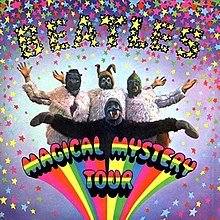
Following the ambitious “Sgt. Pepper,” “Magical Mystery Tour” continues The Beatles’ exploration of psychedelic music and studio experimentation. Originally a soundtrack to their television film of the same name, this album features iconic tracks like “I Am the Walrus” and “Strawberry Fields Forever,” songs that blend surreal lyrics with complex arrangements and innovative production. Despite the mixed reception of the film, the album stands as a testament to The Beatles’ creative prowess during one of their most experimental phases.
The Beatles (White Album) (1968)
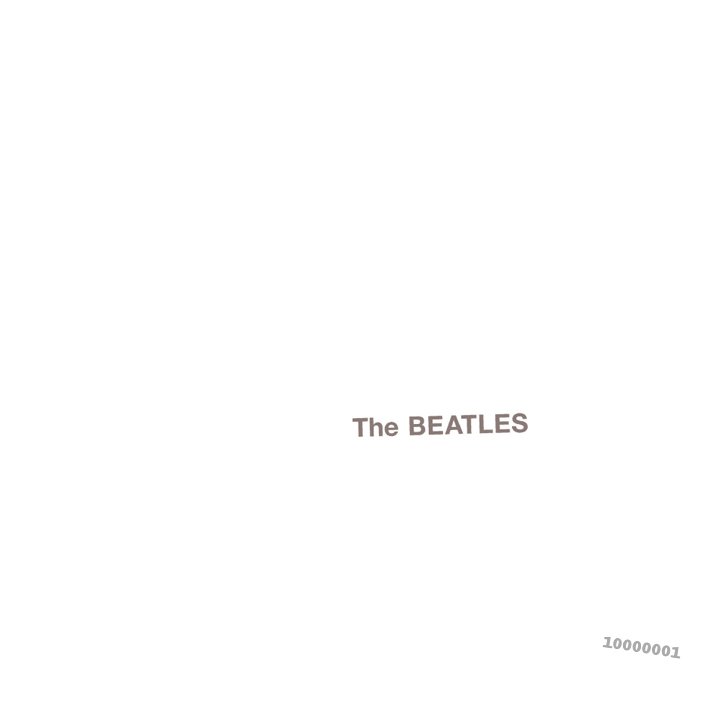
The eponymous double album, commonly known as “The White Album,” showcases The Beatles at their most diverse, with a wide array of styles ranging from hard rock to folk to avant-garde. Its minimalist white cover contrasts with the eclectic and sprawling nature of its content, including tracks like “While My Guitar Gently Weeps,” “Blackbird,” and the experimental “Revolution 9.” This album, marked by its individualistic approach with each Beatle exploring his own stylistic preferences, underscores the band’s internal dynamics and foreshadows their eventual dissolution.
Yellow Submarine (1969)
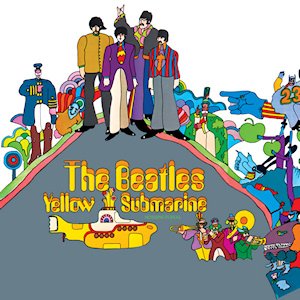
“Yellow Submarine” is a soundtrack to the animated film featuring The Beatles as protagonists in a psychedelic undersea adventure. Half of the album comprises previously released Beatles songs, while the other half includes original orchestral compositions by George Martin. Though often overshadowed by their other work, the title track and “All You Need Is Love” stand out for their enduring appeal and message of peace and love, encapsulating the idealism of the late 1960s.
Abbey Road (1969)
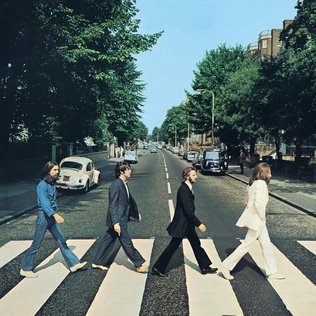
“Abbey Road,” the final album recorded by The Beatles (though not their last release), is a fitting conclusion to their recording career, showcasing their unparalleled chemistry and creativity. The album is renowned for its second side, a medley of interconnected songs that represent a high point in pop music’s artistic achievement. With iconic tracks like “Come Together,” “Something,” and the medley climax “The End,” “Abbey Road” is a testament to The Beatles’ enduring legacy, their innovation, and their profound impact on music and culture.
Let It Be (1970)
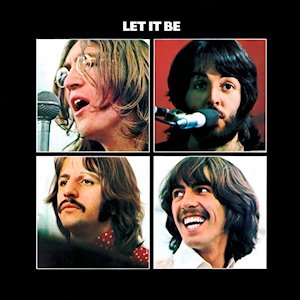
“Let It Be,” released after the band’s breakup, serves as a poignant farewell to The Beatles’ illustrious career. Originally intended to be a return to their rock ‘n’ roll roots, the album instead captures the band in a state of flux, with the recording sessions famously fraught with tension. Despite this, “Let It Be” offers moments of raw beauty and unfiltered emotion, highlighted by tracks like the gospel-inspired title song, the plaintive “Across the Universe,” and the nostalgic “The Long and Winding Road.”
The project, initially dubbed “Get Back,” aimed to document The Beatles’ creating an album live without studio trickery, but ultimately it was Phil Spector’s post-production work that gave the album its final form. While “Let It Be” may lack the cohesion and ambition of the band’s previous efforts, it stands as a powerful testament to their legacy, offering a glimpse into the end of an era and the enduring appeal of their music. The album’s release, accompanied by the “Let It Be” film, offers a candid look at The Beatles’ final chapter, making it a historic piece of the band’s storied discography.
The B-Sides
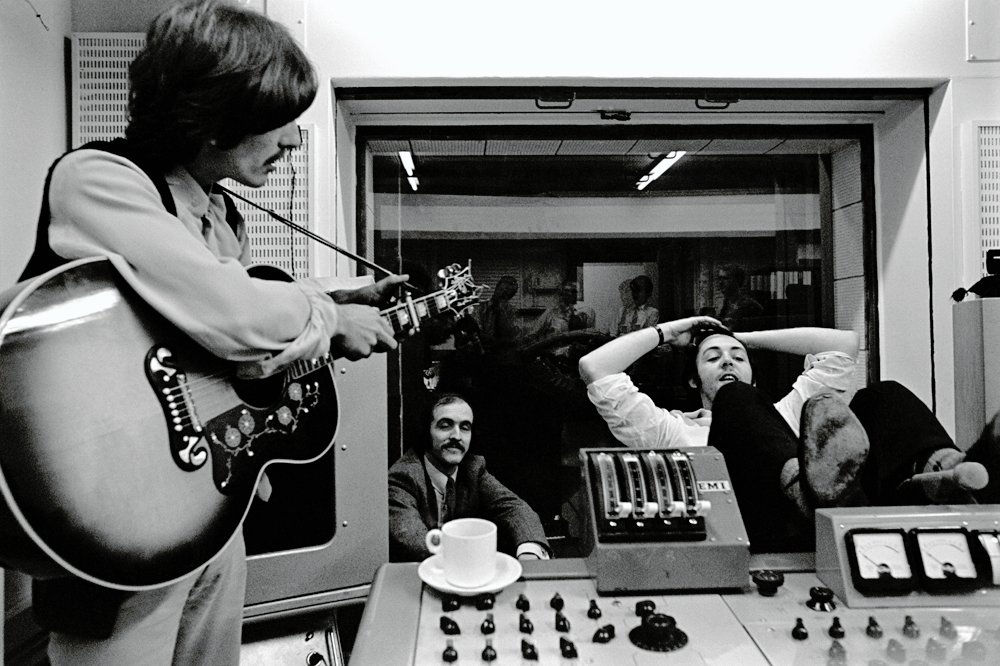
The Beatles’ journey through the realms of music was not solely encapsulated within the tracks of their studio albums. A significant portion of their creativity, experimentation, and evolution can be traced through their B-sides and rarities. These often overlooked pieces are as integral to understanding The Beatles’ artistic journey as their headline hits and acclaimed albums. Delving into these tracks reveals a band unafraid to experiment, push boundaries, and occasionally, to simply have fun away from the spotlight of their A-side counterparts.
B-sides and rarities are crucial for showcasing the breadth of The Beatles’ creativity. While A-sides often catered to commercial expectations and the band’s evolving musical narrative, the flip sides and lesser-known tracks offered them a playground for experimentation. These compositions sometimes served as precursors to the more innovative sounds that would define their later albums, offering glimpses into the band’s creative process and their willingness to explore new musical territories.
One notable example is “You Know My Name (Look Up the Number),” a B-side to the single “Let It Be.” This track stands out as a testament to The Beatles’ whimsical side, featuring a series of comedic lounge act impersonations. Its avant-garde approach and nonsensical lyrics highlight the band’s playful experimentation with music and sound, a far cry from the polished tunes that often graced their albums.
Another significant rarity is “This Boy,” the B-side to “I Want to Hold Your Hand.” Here, the band delves into complex three-part harmonies, showcasing their vocal prowess and hinting at the experimental directions their music would take. The song’s emotional depth contrasts with the upbeat pop of its A-side, offering a deeper look into The Beatles’ ability to convey a wide range of emotions through their music.
Collaborations and Special Projects
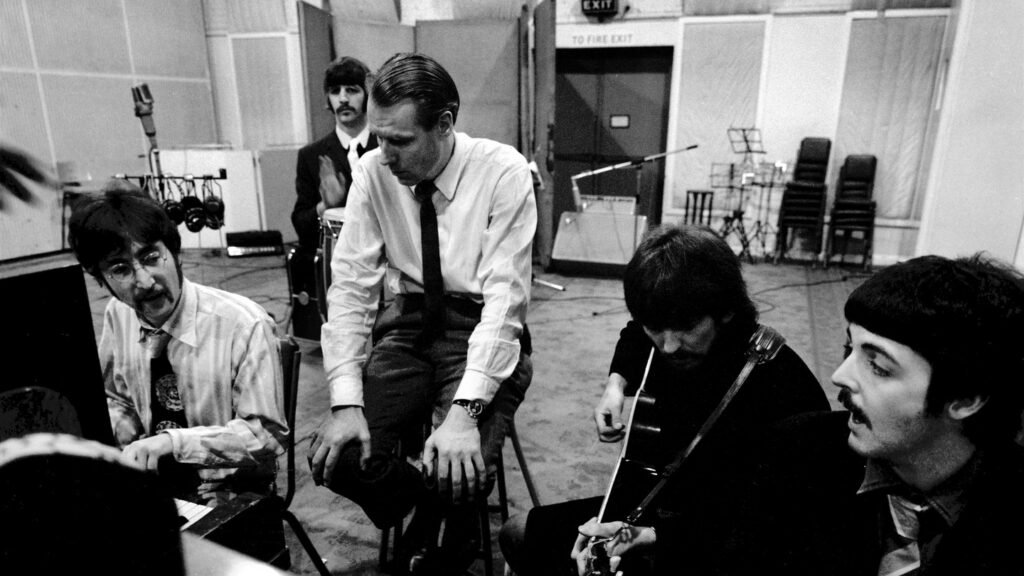
Throughout their career, The Beatles engaged in a variety of collaborations and special projects that not only highlighted their individual talents but also their ability to blend seamlessly with other artists, contributing to compilations, soundtracks, and unique musical endeavors. These collaborations and projects offer a fascinating glimpse into the band’s influence beyond their central discography, showcasing their versatility and the respect they commanded within the musical community.
One of the most significant collaborations in The Beatles’ history was with legendary Indian musician Ravi Shankar. George Harrison’s interest in the sitar led to a fruitful partnership with Shankar, significantly influencing tracks like “Norwegian Wood (This Bird Has Flown)” and paving the way for The Beatles’ incorporation of Indian instruments and styles into their music. This cross-cultural exchange marked one of the earliest fusions of Western pop music with Indian classical music, showcasing The Beatles’ openness to diverse musical influences.
Another notable project was the band’s work on the “Yellow Submarine” soundtrack, which featured George Martin’s orchestral compositions alongside The Beatles’ songs. This project demonstrated The Beatles’ willingness to collaborate closely with their producer to create music that was not just accompaniment to the animated film but also stood as a significant work in its own right.
Solo Collaborations
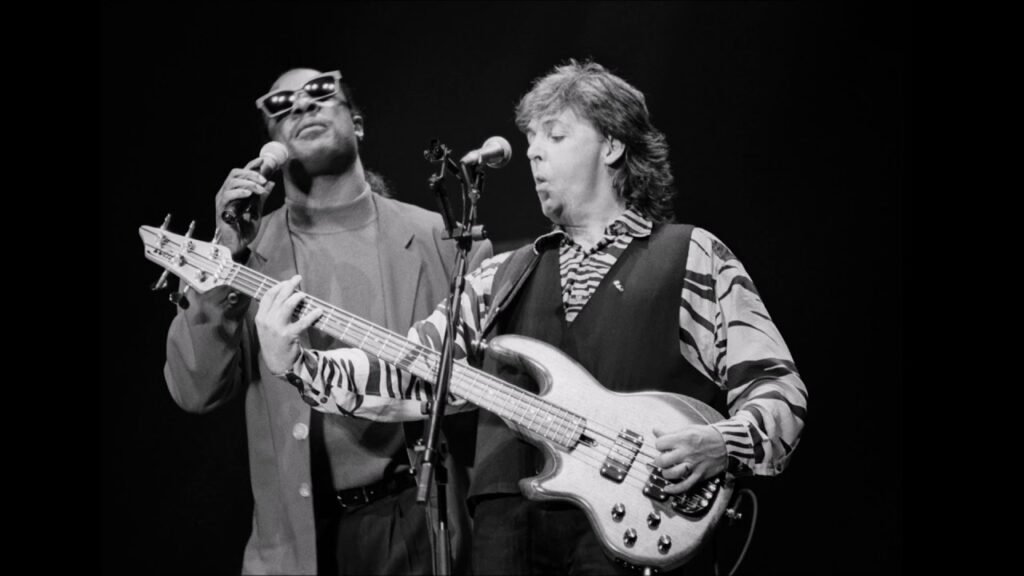
Paul McCartney’s collaboration with other artists post-Beatles, notably with Stevie Wonder on “Ebony and Ivory” and with Michael Jackson on “The Girl Is Mine” and “Say Say Say,” are well-documented instances of his ability to create hits across genres and generations. While these collaborations came after The Beatles’ dissolution, they underscore the lasting influence and adaptability of the band’s members in the wider music industry.
John Lennon’s work with the Plastic Ono Band, which included notable figures such as Eric Clapton and Klaus Voormann, further illustrates The Beatles’ reach into various musical circles. The collective’s live performances and recordings, particularly the iconic “Live Peace in Toronto 1969,” highlighted Lennon’s advocacy for peace and his continued relevance in the music scene outside of The Beatles.
Ringo Starr’s “Ringo” album in 1973, which featured contributions from each of his former bandmates, represents a unique post-Beatles collaboration. This project not only showcased Starr’s skills as a frontman but also briefly reunited the members of The Beatles in spirit, if not in person, highlighting the enduring connections between them.
These collaborations and special projects reflect the expansive musical landscape that The Beatles and their individual members navigated. They underscore the band’s legacy as innovators and collaborators, whose influence extended far beyond their own recordings, into diverse musical genres and collaborations that continue to resonate with fans and artists alike.
Live Albums
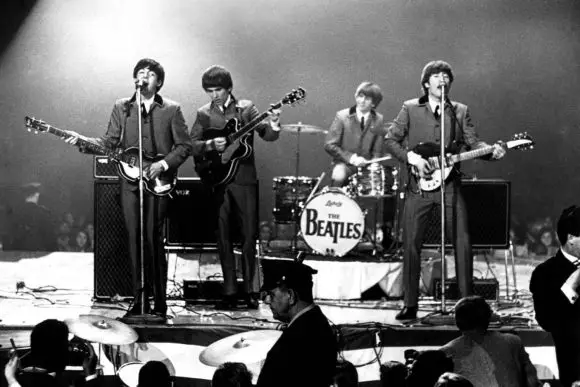
The Beatles’ live performances were a crucial part of their early success, captivating audiences around the world and helping to cement their status as one of the most influential bands in history. However, unlike many artists of their time and thereafter, The Beatles released very few live albums during their career, with their live presence being mostly captured through television performances, films, and bootleg recordings. The scarcity of official live albums adds a layer of intrigue and value to the live recordings that do exist, offering a glimpse into the raw energy and charisma that characterized their live shows.
Live at the Star-Club in Hamburg, Germany; 1962
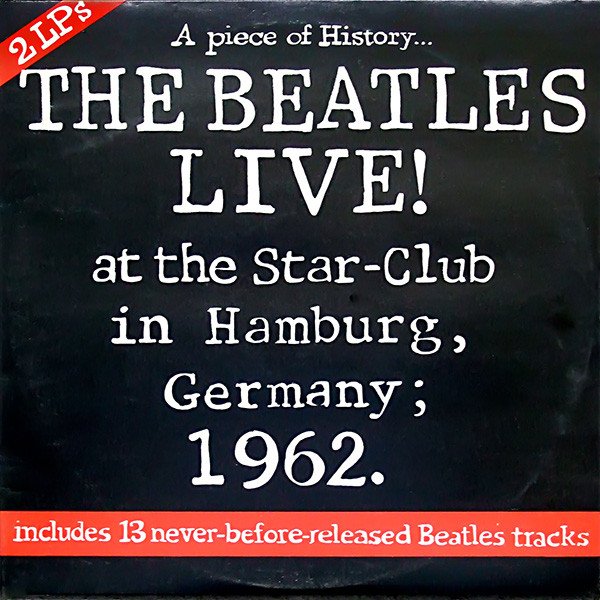
Though not an official release by The Beatles and released after their breakup, “Live at the Star-Club in Hamburg, Germany; 1962” is one of the earliest documents of The Beatles’ live performances. Recorded during their pivotal early days in Hamburg, where they honed their craft playing extended sets in the city’s nightclubs, this album captures the raw, unpolished energy of a band on the cusp of global stardom. The quality of the recordings is far from perfect, yet they provide invaluable insight into the band’s early sound and their repertoire before the fame that would soon envelop them.
The Beatles at the Hollywood Bowl
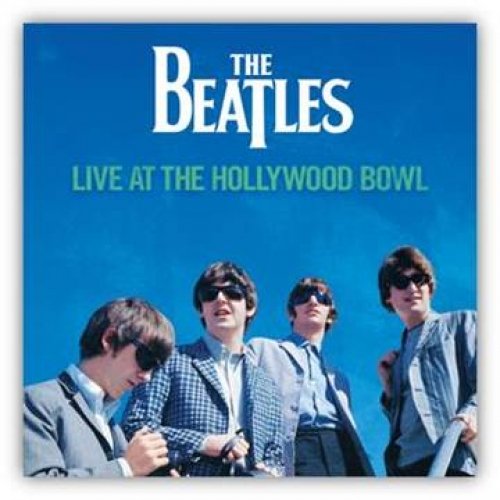
The only official live album released during the band’s lifetime was “The Beatles at the Hollywood Bowl,” which came out in 1977, seven years after their breakup. This album compiled performances from the band’s 1964 and 1965 concerts at the Hollywood Bowl in Los Angeles, showcasing The Beatles at the height of Beatlemania. Despite the screaming fans which famously drowned out much of the band’s live sound, the album offers a snapshot of The Beatles’ live dynamism and the hysteria that surrounded their performances. Songs like “Twist and Shout,” “Ticket to Ride,” and “A Hard Day’s Night” are delivered with the energy and intensity that defined their live shows.
Let It Be… Naked
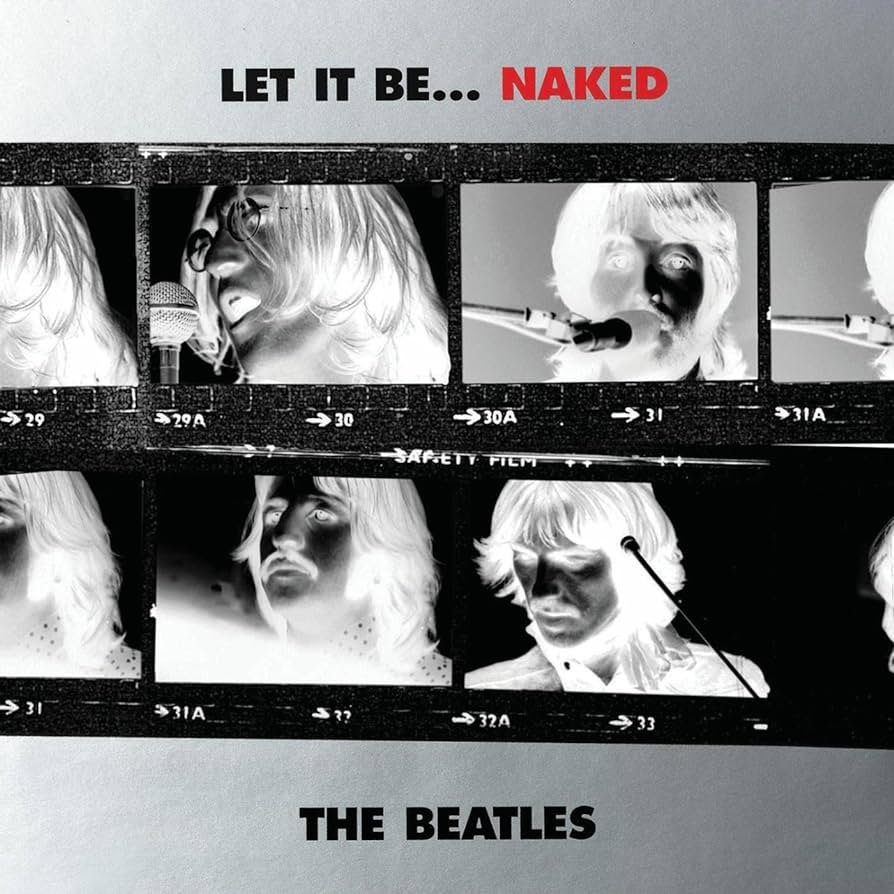
While not a live album in the traditional sense, “Let It Be… Naked” (2003) offers a different kind of “live” experience. It’s a reimagined version of their 1970 “Let It Be” album, stripped of Phil Spector’s lush orchestrations to present the songs in a more raw, unadorned format that some believe is closer to The Beatles’ original vision for the project. This release gives fans a glimpse into the band’s desire for a return to their roots, highlighting the organic sound and straightforward approach they initially intended for the songs.
Live! at the BBC
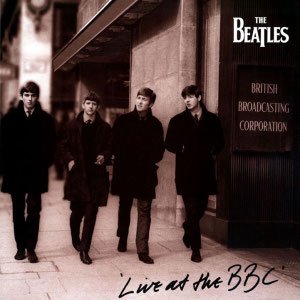
Another significant post-breakup release is “Live! at the BBC,” a collection of recordings made between 1963 and 1965 during The Beatles’ performances on various BBC radio shows. Released in 1994, this double album showcases the band’s wide-ranging repertoire, including cover versions of American R&B, rock ‘n’ roll, and traditional pop songs, as well as early renditions of their own hits. The BBC sessions capture The Beatles in a relatively controlled live setting, offering high-quality audio recordings that contrast with the often chaotic soundscapes of their concert performances.
These releases, though sparse, are cherished documents of The Beatles’ evolution as live performers, from the clubs of Hamburg to the global stage of the Hollywood Bowl. They highlight the band’s ability to captivate audiences with their charisma, musicality, and energy, components that were as integral to their success as their studio innovations.
Closing Thoughts
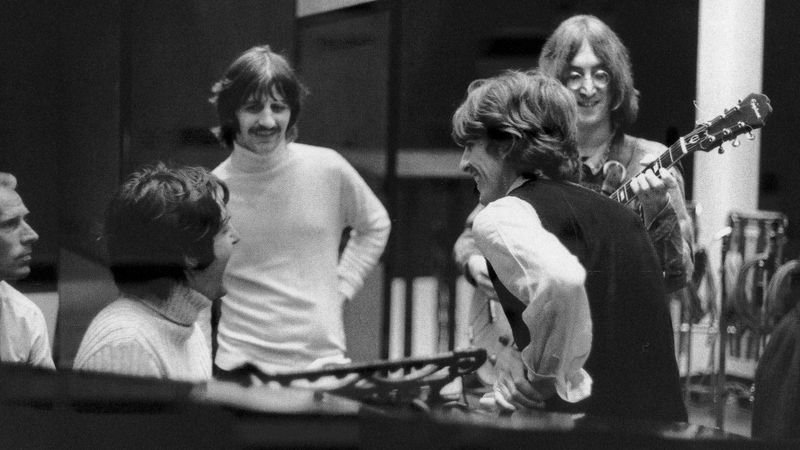
The exploration of The Beatles’ discography, from their electrifying debut with “Please Please Me” to the poignant farewell of “Let It Be,” unveils a staggering trajectory of artistic growth and innovation. Through their albums, B-sides, rarities, collaborations, special projects, and live recordings, The Beatles not only shaped the soundtrack of a generation but also pushed the boundaries of what popular music could be. Their journey from the energetic rock ‘n’ roll of their early days to the sophisticated, genre-defying sounds of their later years showcases an unparalleled depth of creativity and a restless quest for musical exploration.
The Beatles’ willingness to experiment with new sounds, from the incorporation of classical elements and Indian music to the pioneering use of studio technology, reflects their role as pioneers in the music industry. Their B-sides and rarities reveal a band that was never content to settle, always exploring new lyrical and musical landscapes even beyond the confines of their studio albums. The collaborations and special projects undertaken by The Beatles and their individual members highlight their influence and versatility, engaging with a wide range of musical styles and artists.
Reflecting on The Beatles’ discography is to witness a remarkable evolution in music, one that continues to influence countless artists and genres. What strikes me most profoundly is the band’s fearless innovation and their profound impact on the cultural landscape. Their music, once a soundtrack to the lives of those who lived through the 1960s, remains timeless, continuing to resonate with new generations of fans.
